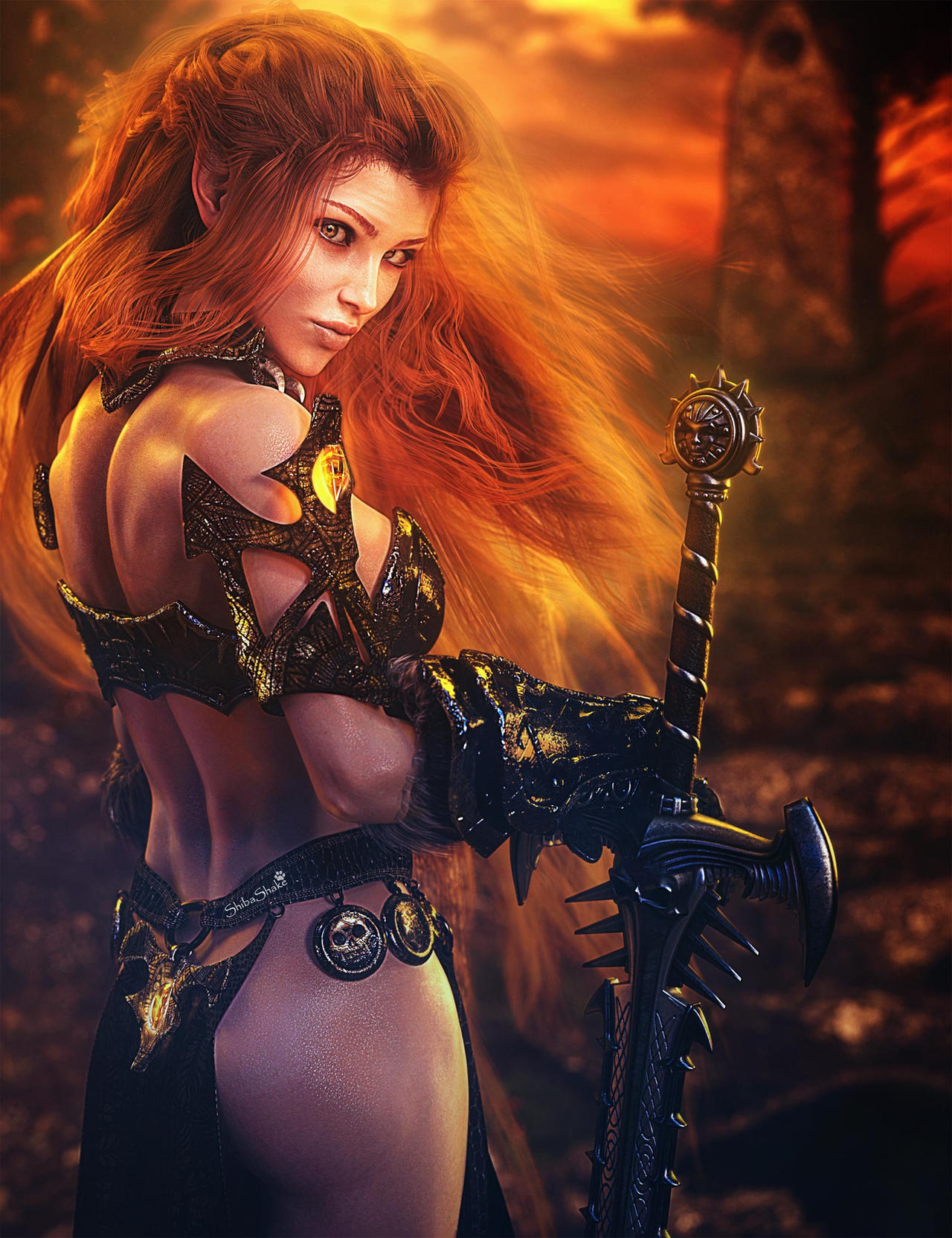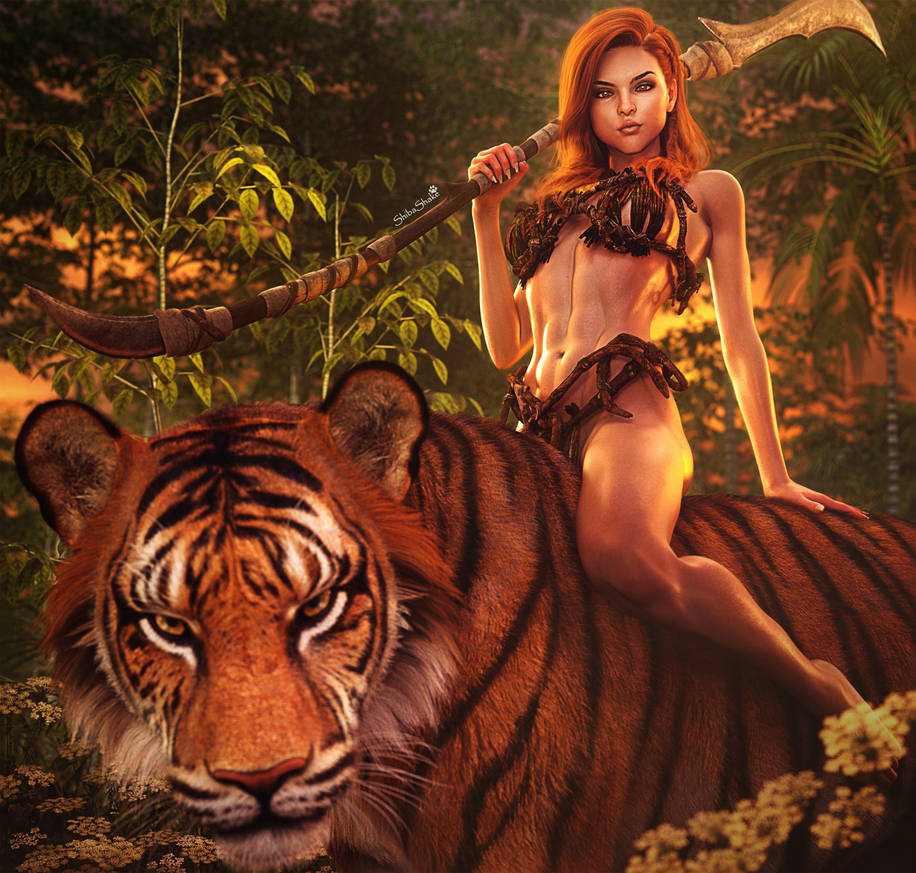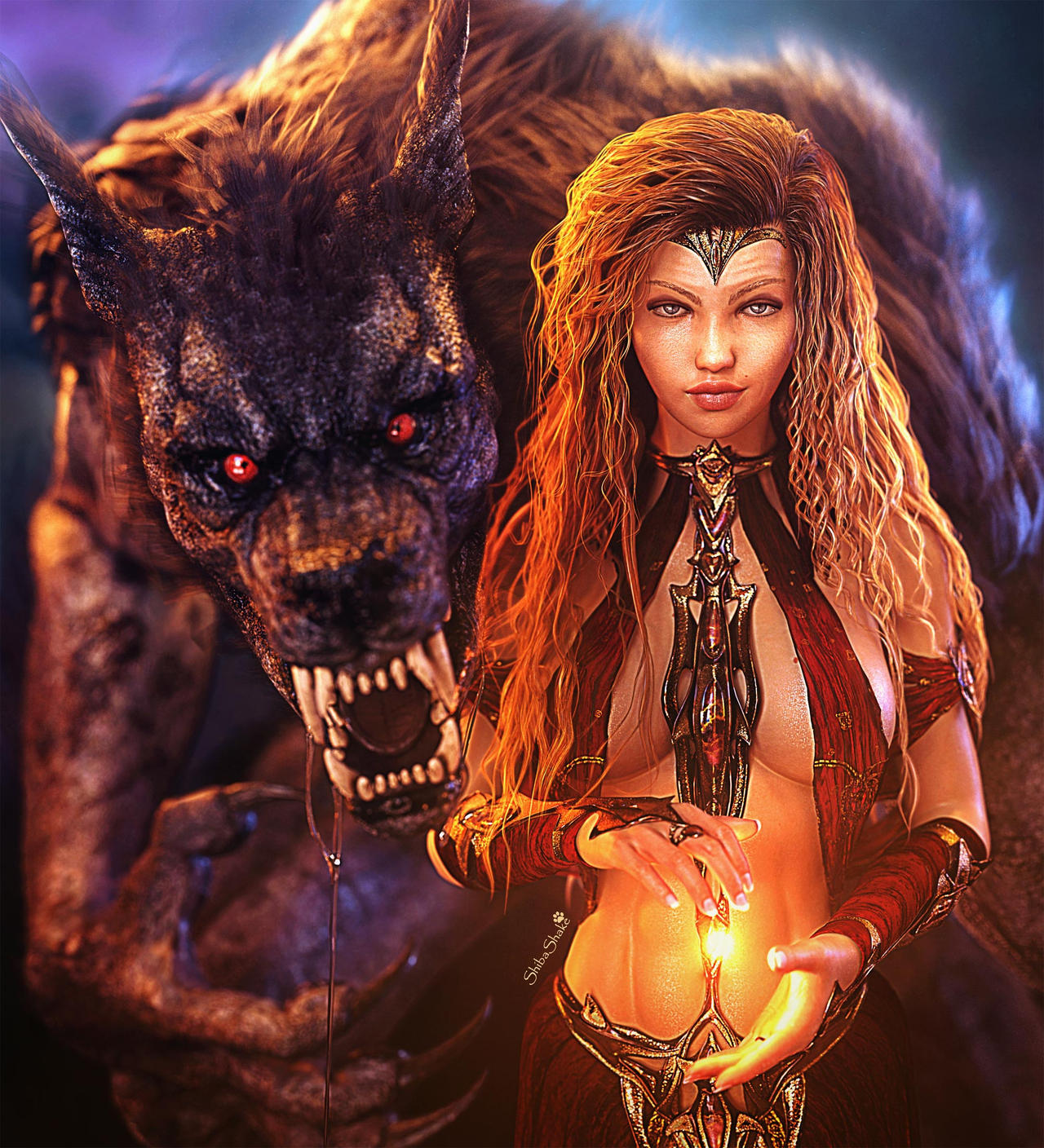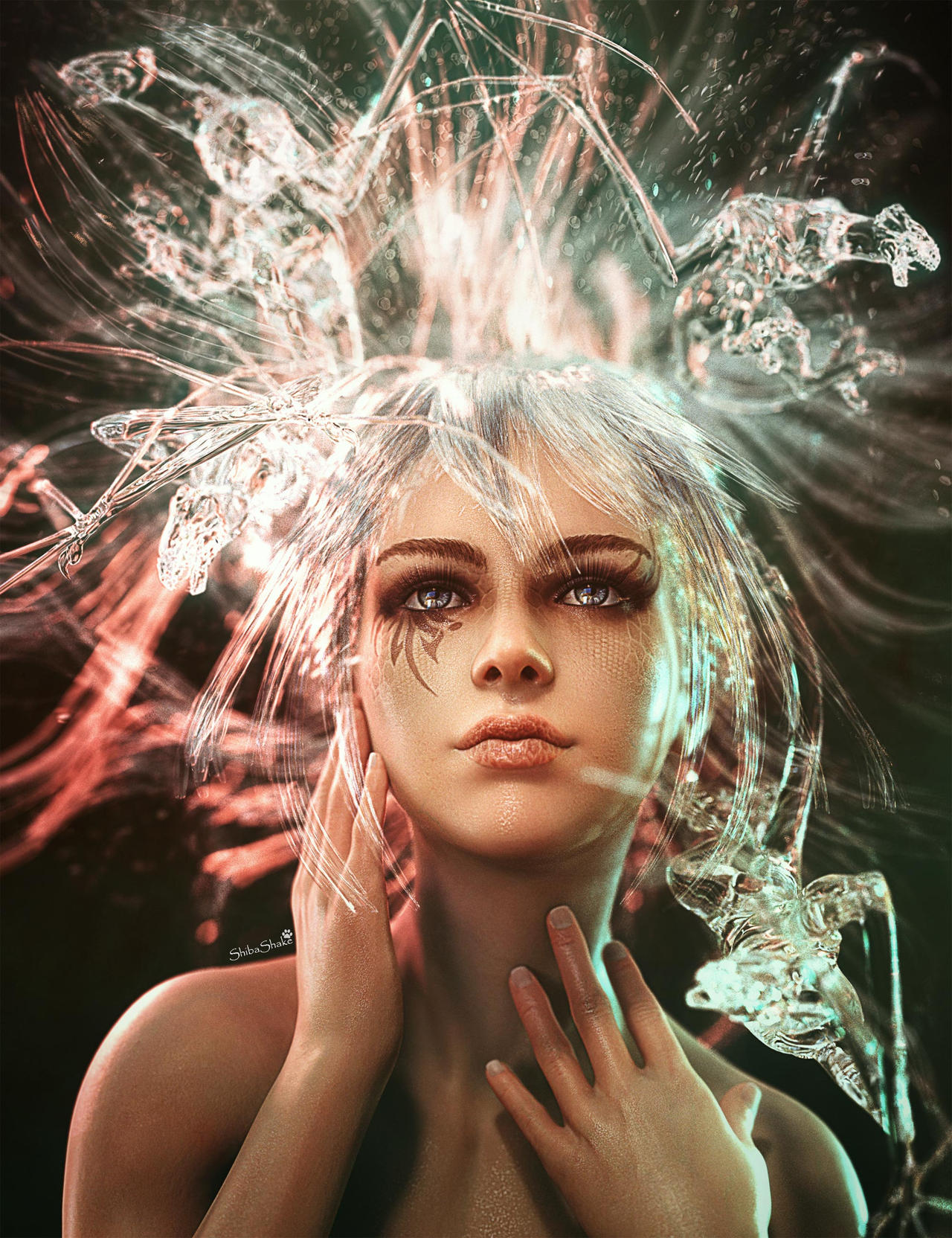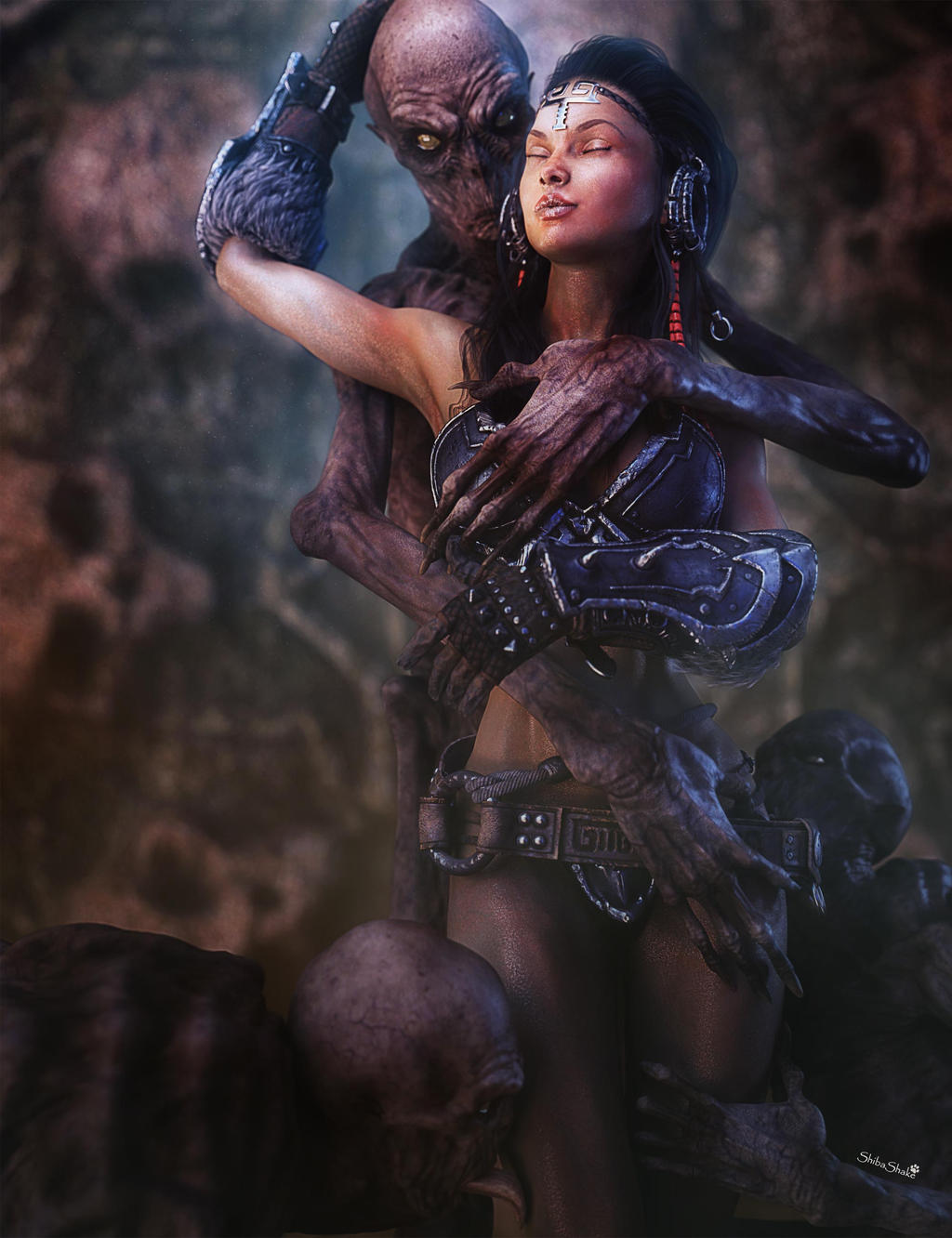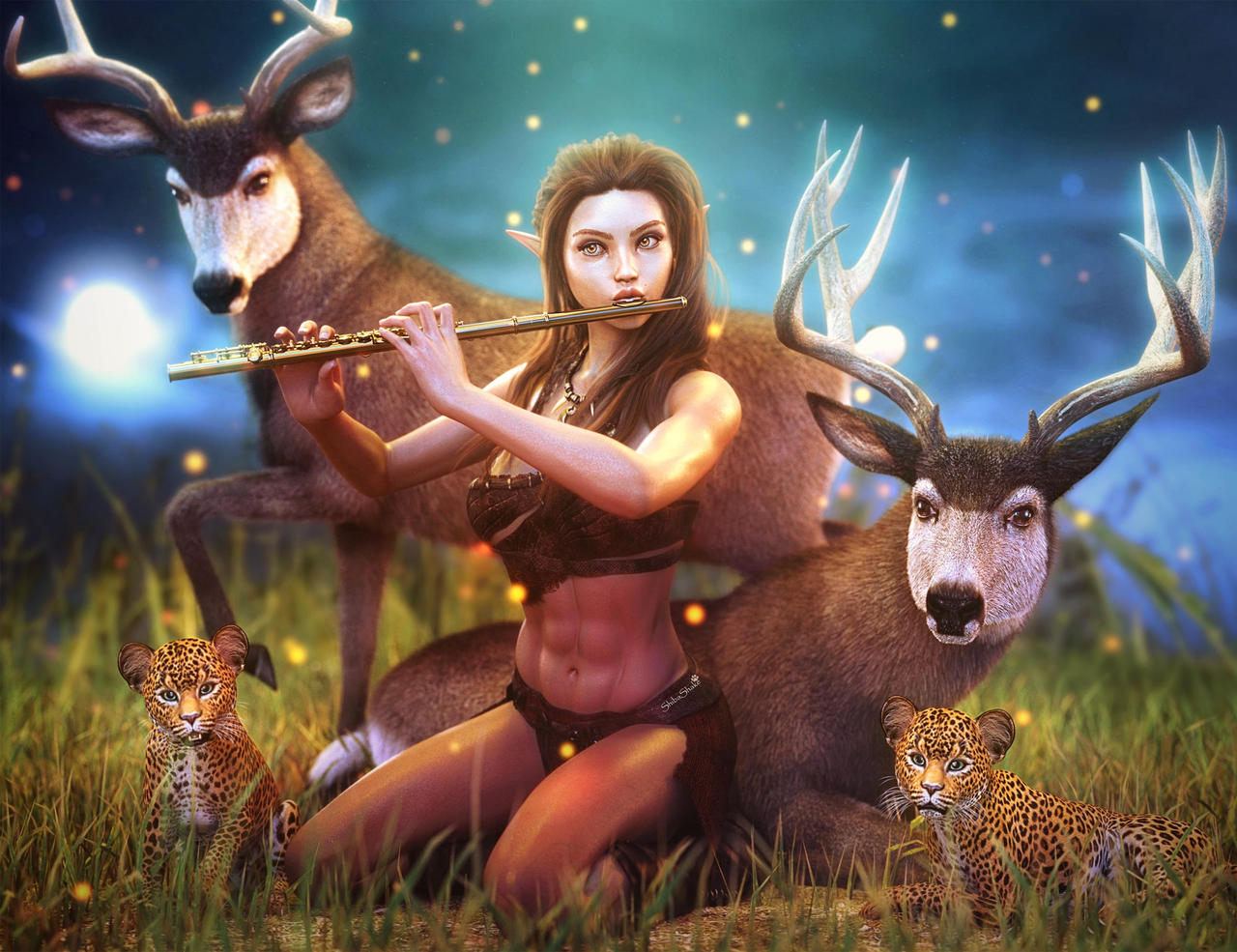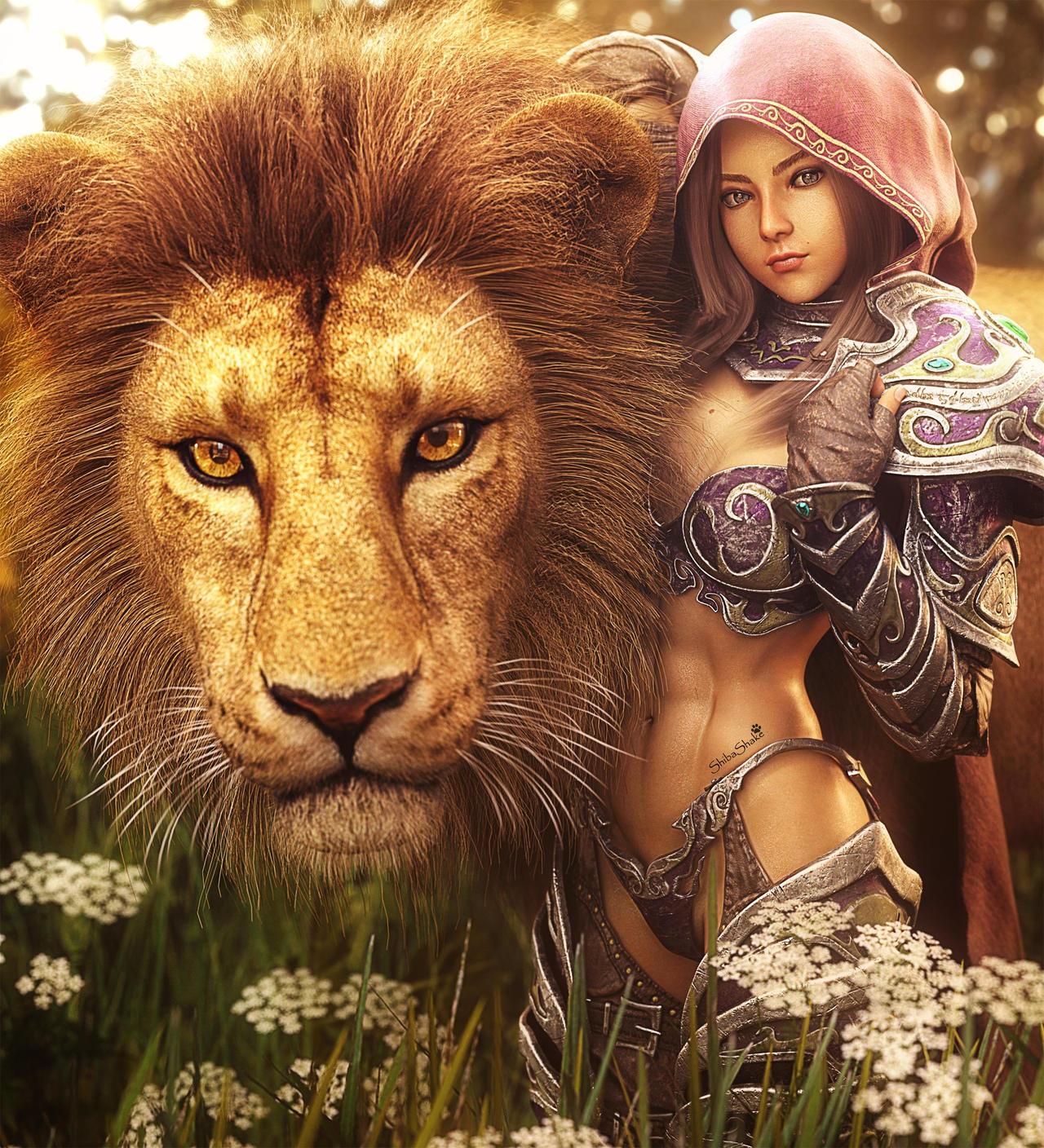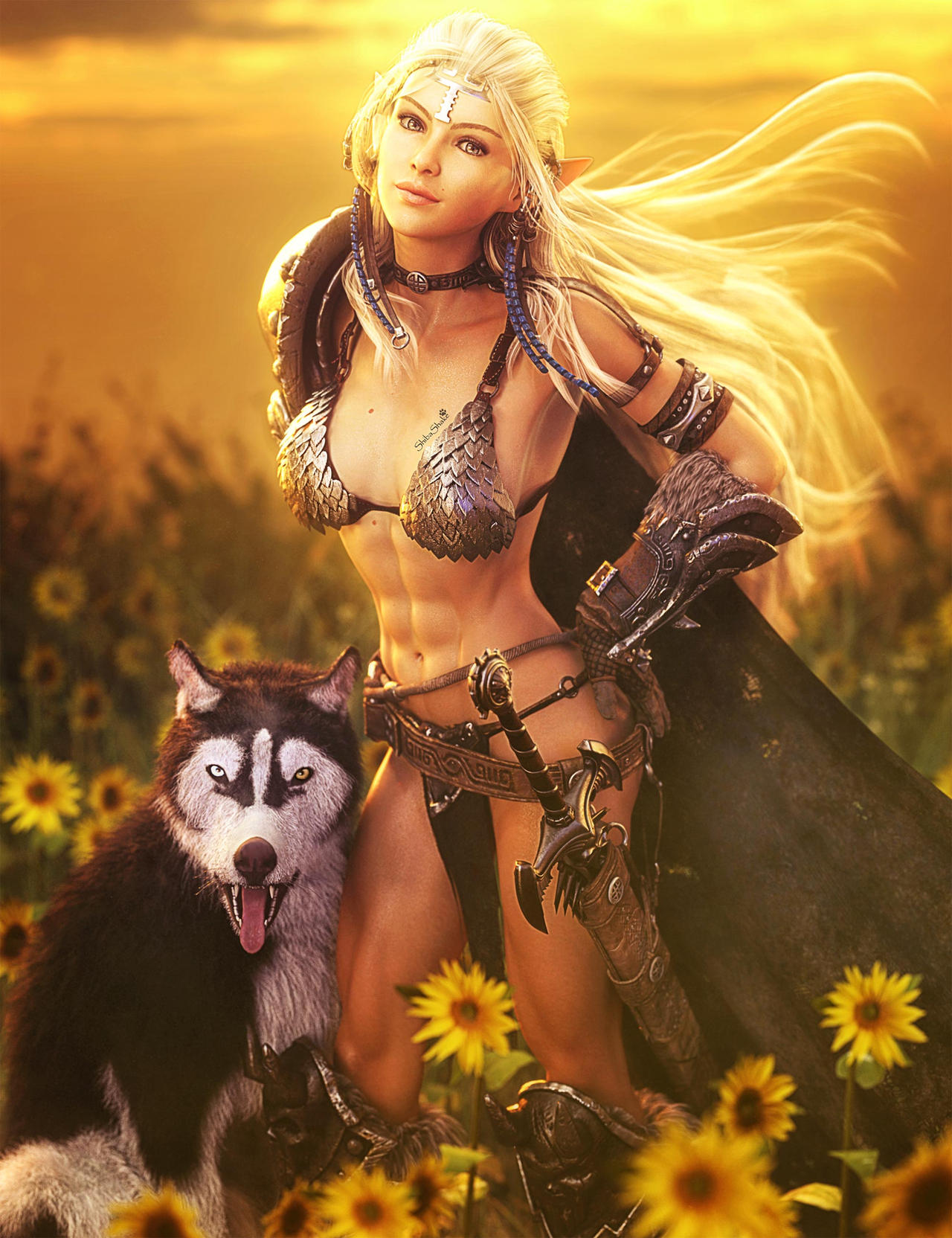Art is an expression of self. When we listen to our Muse and create a piece of art, the process may carry us to unexpected, surprising, and sometimes scary places. This is not to say that every piece of art is some deep message from our subconscious, but if we look closely, we may start to see certain patterns or themes that repeatedly arise in our images.
In fact, art has long been used by some therapists to connect with their clients, as well as help them uncover and resolve psychological knots. This is especially true with younger children and those who may have trouble verbally expressing themselves.
Since the deaths of my beloved dogs, I have been on a journey. During this journey of life and self-understanding, I started to see certain themes in my artwork. I think that when we look closely at what we create, we start to understand ourselves better. It is also quite a lot of fun to go back and travel through mental imagery that made it to media. So I invite you to join me in this wonderful expedition. Look at your own artwork, and share with us below what you find. Here are some of the things that I found when I looked.
What a work of art is all about is a sense of delight. Touch here, touch there, delight. It is an appreciation of things as they are and of what one is — which produces an enormous spark. Something happens — clicks — and the poet writes poems, the painter paints pictures, the musician composes music.
~~ [Chögyam Trungpa, Rinpoche, “Artists and Unemployed Samurai” from The Teacup and the Skullcup]
1. Fierce Red-Haired Warriors
I have a whole section in my gallery dedicated to fierce red-haired warriors. They are powerful, confident, bold, strong, independent, gorgeous, fearless, and the opposite of damsels in distress. These strong women save themselves, are comfortable standing alone, and do not need a Conan by their side.
While this may all sound good on the surface, it can also lead to the development of unhealthy aversions and fears if not properly addressed. Attachment to power, strength, independence, and courage, may lead to the aversion of their opposite. In this way, any kind of perceived weakness, dependence, and fear leads to great dissatisfaction. In my pursuit of strength, I forsook gentleness, kindness, compassion, trust in others, and ultimately developed a deep intolerance for fear. Intolerance of fear leads to fear of fear and chronic anxiety.
What happens when strength fails and independence or power is of no help? It is in our conditioning to value these traits. However, blind attachment and direct pursuit often lead to the opposite of what we desire, causing us much suffering. Strength and courage are not about being gorgeous, the color of our hair, what we wear, or carrying a big sword. True strength and courage comes only when we face our deepest weaknesses and fears, and learn to embrace them.
2. Duality – The Good and the Bad
The concept of duality – strength and weakness, courage and fear, good and evil, beauty and the beast, winter and summer, life and death, are expressed in many of my images. One of my favorite fantasy artists of all time, Luis Royo, often combines erotic love with the juxtaposition of beauty and ugliness, black and white, good and evil.
Duality is pervasive in our upbringing, our learning, and our society. Indeed, it is weaved into the very fabric of our lives, because it is how our mind works. We love greatly, and in so doing, we fear (or want to avoid) the opposite of what we love. We love happiness and fear unhappiness, we love success and fear failure, we love doing the right thing and fear doing the wrong thing, we love being good and fear being bad. Most of all, we greatly love life, and so we fear death. We love being in-love and fear being afraid.
To be clear, there is nothing wrong with fear, rather, it is the avoidance of the things we fear that causes problems, dissatisfaction, and suffering. For example, we love happiness, so we want to avoid being unhappy. However, happiness does not and cannot last forever. As with all things in reality, it is impermanent. When the feeling of happiness fades and we begin to feel something else, we get dissatisfied. This pushes us even farther away from being happy, which leads to feeling more dissatisfaction and so on, until we spend most of our time feeling dissatisfied at being trapped in a World where happiness is, in fact, impermanent. The more we try to avoid unhappiness and directly pursue happiness, the less happy we become. The more we try to avoid the darkness within us, and directly pursue the light, the more mired we become in darkness.
If we are brave enough to look below the surface of duality, however, we eventually see that duality is mind-made. Based on culture, learning, and inherited brain wiring, our mind categorizes phenomenon into good, bad, and don’t care. This is very good news because new research in neuroplasticity show that our brains are highly adaptable and with training, we can change our brain wiring, update learned thoughts, and modify old habits.
In my journey of self, I have found a very simple rule that helps me to transcend duality and reduce suffering. It is simply this:
To always face my fears.
I face my fear by leaning into my fear and embracing the very thing that I am afraid of. This is also known as exposure therapy. When we avoid the things that we fear, we become controlled by our fear, and cause it to grow in intensity and scope. When we face our fear, we weaken its grip on us and diminish its power.
There were some that found the image above so disturbing that it got removed from my Daz Gallery.
There are two kinds of suffering. There is the suffering you run away from, which follows you everywhere. And there is the suffering you face directly, and so become free.
~~[Ajahn Chah]
3. Lots of Furry Friends
While my fierce warriors do not need a Conan, they are often travelling with or enjoying the company of furry and not-so-furry animals. Animals have always been a great comfort to me, especially dogs. Dogs can sense, hear, or smell our emotions much better than people can. They seem to have a natural ability to be happy in the moment, even when experiencing difficult circumstances. Dogs appear emotionally liberated in a way that people usually are not.
I trust animals a lot more than I trust people, most likely due to my childhood. My parents divorced when I was quite young, and they both have many issues. Childhood was very unstable, restrictive, and full of poor decisions. As a result, I learned to rely on my own choices rather than the advice or dictates of others. This is perhaps a good lesson to learn, but it came at the price of not trusting others and being quite bitter about life.
In truth, everyone loves, wants to be loved, and wants to do the right thing. However, fear of not being loved and not doing the right thing, often leads to unskillful action because we try to protect ourselves from emotional pain, discomfort, dissatisfaction, and other similar perceived threats.
The deepest emotional pain I have felt though, was when I lost my beloved dogs. No person has ever made me feel this kind of pain. The deep pain was because of the deep love I feel for them. They are gone now, but I still love them very much and will likely do so for the rest of my life. Therefore, I will also feel the pain, but together with it, there is the wonderful feeling of unconditional love.
After going through this type of grief, it is easier to embrace everyday annoyances from people, and be less bothered by them. It is easier to put the pain caused by my parents into a healthier context. Sure, I still feel these emotions, but they no longer hold the power of being a real threat. Pain, discomfort, dissatisfaction, are all part of my emotional landscape. If I can embrace them, I will be liberated to feel any emotion, to think any thought, to recall any memory, and to love broadly and freely. For all this, I just need to do one thing – always face my fears.
“He who is not everyday conquering some fear has not learned the secret of life.”
~~[Ralph Waldo Emerson]

